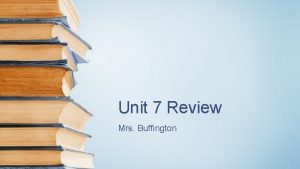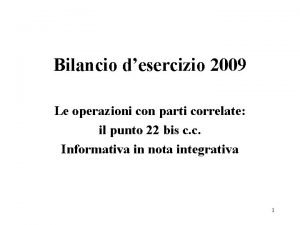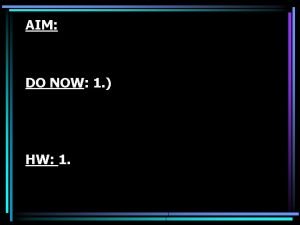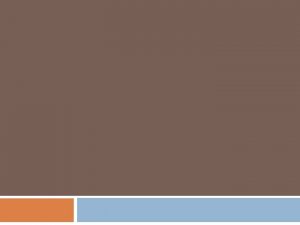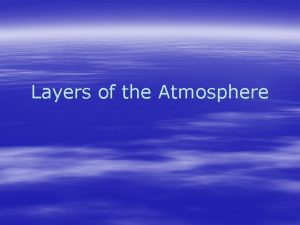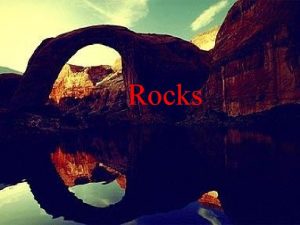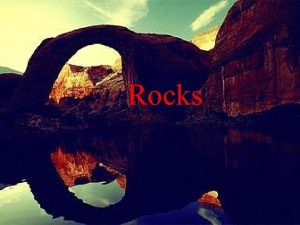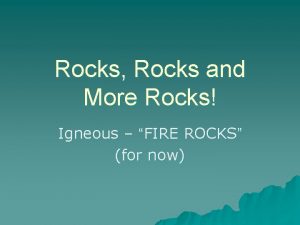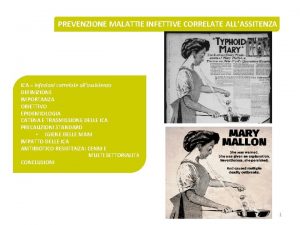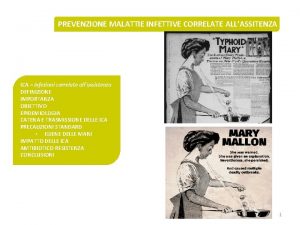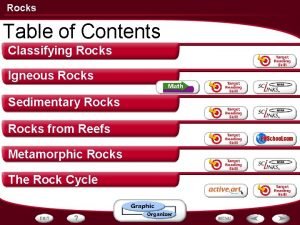Aim How Do Scientists Correlate Rocks Do Now














- Slides: 14

Aim: How Do Scientists Correlate Rocks? Do Now: List the different rock layers A, B, C & D relative age from oldest to the youngest

Vocabulary • Rocks Correlation • Index fossil

• Asteroids: are the rocky and airless leftovers from the formation of planets in our solar system. • Comets: are dirty space snowballs of mostly ice and dust that formed during the birth of the solar system 4. 6 billion years ago • Meteoroid is a small rocky or metallic body in outer space • Debris are fragments from comets or asteroids

Meteorite debris Volcanic Ash

Correlating means matching rock layers rt apa s e l i M Correlating is done by establishing the rocks of similar age and composition in different areas.

Directions: Use the geologic profile blow to answer the following questions. The diagrams represent two rock outcrops found several miles apart in New York State. 1. Which layers can be correlated? 2. How did you know? 3. Which layer was eroded? 4. How do you know? 5. What is the correct sequence of layers from oldest to youngest?

Directions: Use the geologic profile blow to answer the following questions. The diagrams represent two rock outcrops found several miles apart in New York State. 1. Which layers can be correlated? 2. How did you know? 3. Which layer was eroded? 4. How do you know? 5. What is the correct sequence of layers from oldest to youngest?

Correlation Techniques Fossil evidence • Exclusively found in sedimentary rocks • Most reliable for correlating • Fossils can also be used to interpret and describe ancient environments. • Two conditions that are important in the preservation of a species are: • Rapid burial • Having hard parts – Teeth, bones, shells

• Index Fossil - fossils from organisms that lived over an extensive area for a short period of time. Which is a good index fossil? ** Hint – wide spread – all outcrops short lived – one layer

• Index Fossil - fossils from organisms that lived over an extensive area for a short period of time. Which is a good index fossil? ** Hint – wide spread – all outcrops short lived – one layer

Key Beds. Volcanic Ash- Meteorite Debris- • Volcanic ash is a thin • Meteorite impacts result in a similar layer that is deposited after a particularly scattering of unique violent volcanic eruption. ash so dating by Meteorite Deposits works in the same • Within a few days the ash settles as far away as hundreds of kilometers. In way. some locations this ash may be covered over by other sediments.


Younger than 1980 Volcanic Ash Layer Older than 1980 If we know that the volcanic ash is from the 1980’s Mt St Helens eruption we can relatively date the rocks around it.

Think about the following Explain how the volcanic ash can help correlate these three outcrops? What other layers can be correlated?
 Types of igneous rock
Types of igneous rock Igneous metamorphic sedimentary
Igneous metamorphic sedimentary Scientists recently discovered that rocks collected
Scientists recently discovered that rocks collected Shoe size and height correlation chart
Shoe size and height correlation chart Proporzionalità diretta
Proporzionalità diretta Parti correlate nota integrativa
Parti correlate nota integrativa Aimlab freezing
Aimlab freezing Aim and do now
Aim and do now Extrusive igneous rocks
Extrusive igneous rocks Volcanic rocks and plutonic rocks
Volcanic rocks and plutonic rocks Now i see it now you don't
Now i see it now you don't Scientists can from
Scientists can from What is the first layer of the atmosphere
What is the first layer of the atmosphere Isaac newton one of the greatest scientists was born
Isaac newton one of the greatest scientists was born History of physiological psychology
History of physiological psychology


